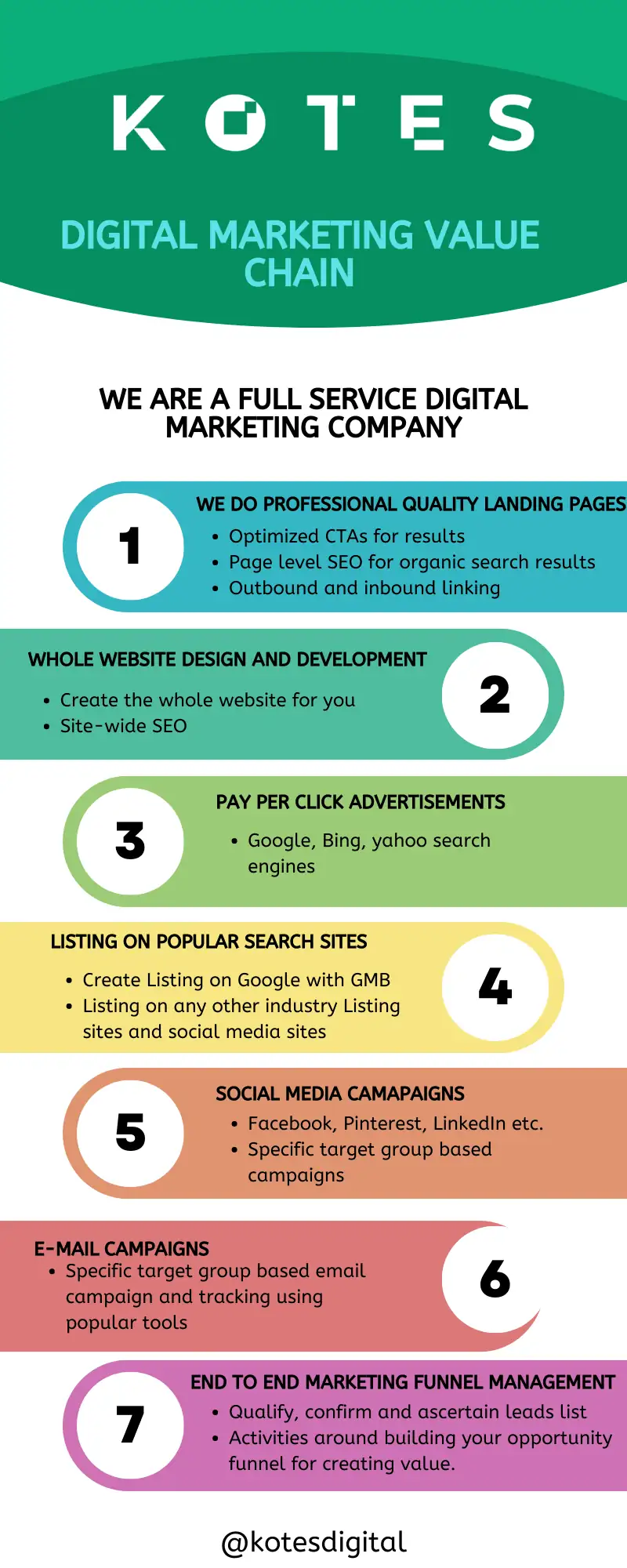Introduction
In today’s digital age, a preschool’s website is often the first point of contact for prospective families. It’s where they learn about your philosophy, curriculum, and enrollment process. But what if some families can’t access this vital information? This is where website accessibility comes in. Far from being an optional add-on, incorporating accessibility features into your preschool’s website is a fundamental aspect of modern communication. It’s about ensuring everyone, regardless of ability, can fully engage with your online presence.
Here are three crucial reasons why prioritizing accessibility on your preschool website is not just good practice, but absolutely essential:

1. Ensuring Inclusivity for All Families from the Start
Imagine a parent with a visual impairment trying to navigate a website with tiny, low-contrast text, or a parent with a motor disability struggling with a site that relies solely on mouse clicks. Without proper accessibility features, these families are immediately excluded from easily accessing information about your preschool. Features like robust screen reader compatibility, intuitive keyboard navigation, adjustable text sizes, and clear, descriptive alternative text for images (often called “alt text”) break down these barriers.
By making your website accessible, you’re not just complying with a technical standard; you’re actively demonstrating your preschool’s commitment to inclusivity right from the very first interaction. You’re sending a clear message that all families are valued and welcome, regardless of their individual needs. This fosters a more diverse and equitable community within your preschool, setting a positive tone even before a child steps through your doors. In a world striving for greater equity, your digital front door should reflect that same commitment.
2. Enhancing the User Experience for Everyone (Yes, Even Those Without Disabilities!)
While accessibility features are specifically designed to assist individuals with disabilities, their benefits extend far beyond this core group. Think about it: clear and concise language, often a requirement for cognitive accessibility, makes information easier to understand for all parents, especially those who are new to the preschool application process or are simply trying to quickly grasp key details on their phone. Ample color contrast, vital for individuals with low vision, also reduces eye strain for everyone, making your website more pleasant to read.

Similarly, a well-structured website with logical headings and clear navigation, which are crucial for screen reader users, also makes it easier for any parent to quickly find what they’re looking for. A responsive design that adapts to different screen sizes and devices (a key accessibility consideration) means your website looks great and functions perfectly whether viewed on a desktop computer, a tablet, or a smartphone. Ultimately, investing in accessibility is an investment in a superior user experience for every single visitor to your preschool’s website, leading to increased engagement, longer visits, and a more positive impression of your institution.

3. Demonstrating Professionalism, Best Practices, and Meeting Potential Legal Mandates
In today’s digital landscape, accessibility is no longer a niche concern; it’s a recognized standard of quality and professionalism. A preschool that prioritizes website accessibility showcases itself as forward-thinking, considerate, and aligned with modern digital best practices. It reflects a level of care and attention to detail that parents will appreciate.
Beyond reputation, there are also growing legal considerations. In many regions, including the United States with the Americans with Disabilities Act (ADA), websites are increasingly being viewed as “places of public accommodation,” meaning they must be accessible to individuals with disabilities. While specific rulings regarding preschool websites can vary, proactively implementing accessibility features significantly mitigates potential legal risks and ensures compliance with evolving digital accessibility guidelines. By taking these steps now, your preschool isn’t just doing the right thing; it’s protecting itself and demonstrating a commitment to ethical and responsible digital citizenship.
Follow Us
We are a full-service digital marketing company. Follow us on:




